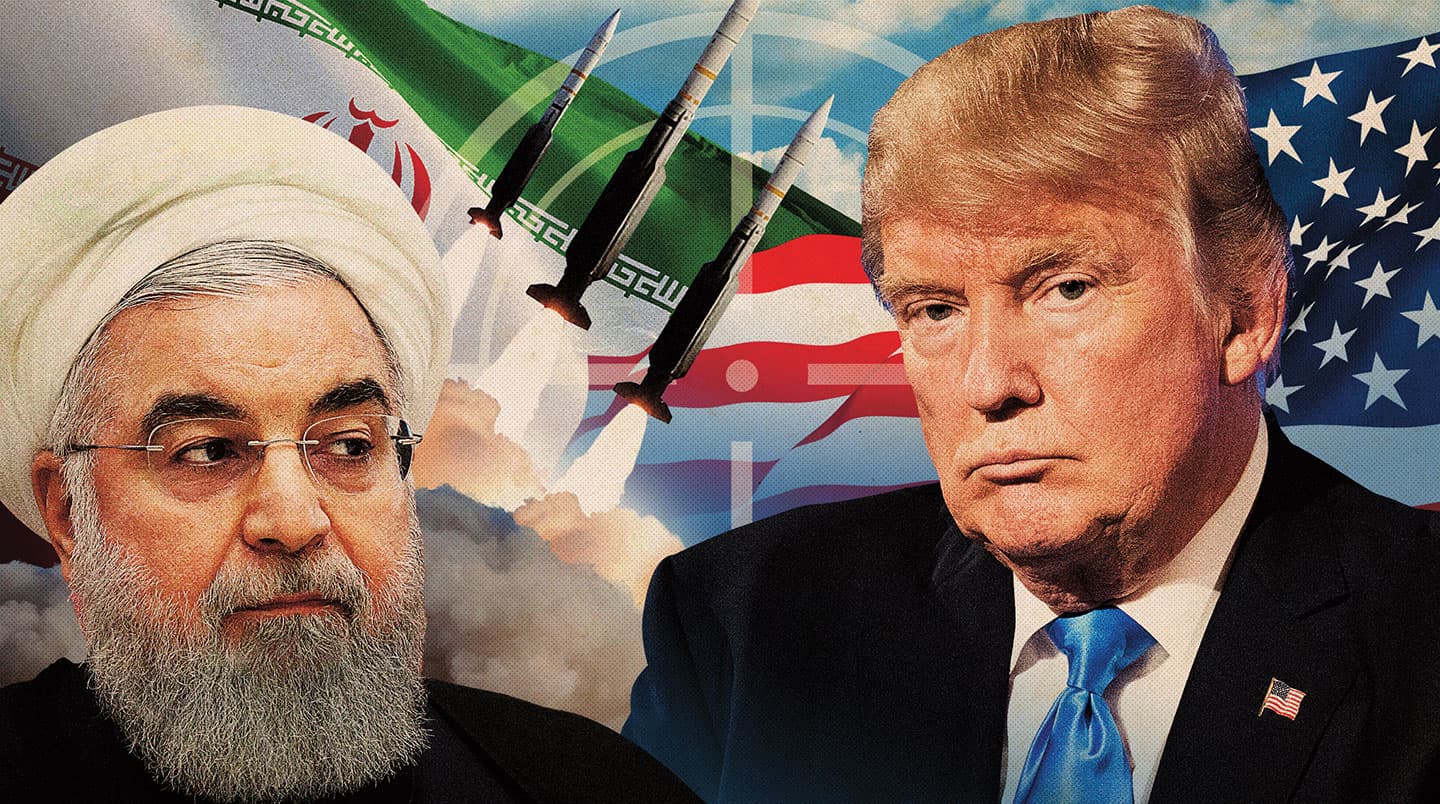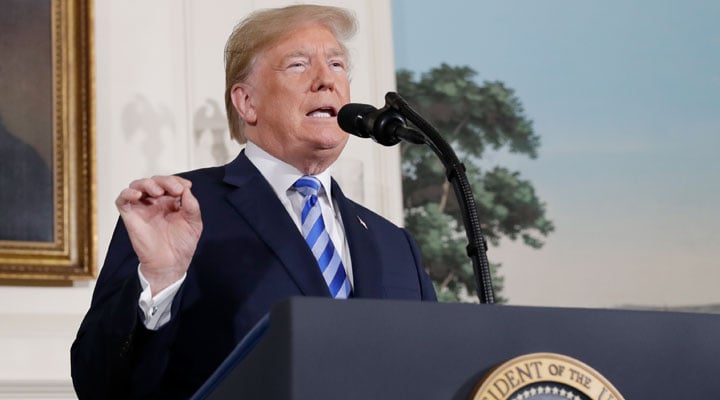
Jim McMahon/Mapman®
Over the past year, tensions between the United States and the Middle Eastern country of Iran have been heating up. In June, the Iranian military shot down a
In response, U.S. President Donald Trump approved missile strikes against Iran. But with a reported 10 minutes to spare, he called them off. He said the strikes could have killed 150 people and wouldn’t have been “proportionate to shooting down an unmanned drone.”
Then, in July, U.S. military officials announced that a Navy ship had shot down an Iranian drone in the Middle East. The aircraft “was threatening the safety of the ship and the ship’s crew,” Trump said.
The recent incidents are just the latest in a long history of mistrust between the U.S. and Iran. What’s behind the hostility—and what could it mean for Americans? Read on to find out.















